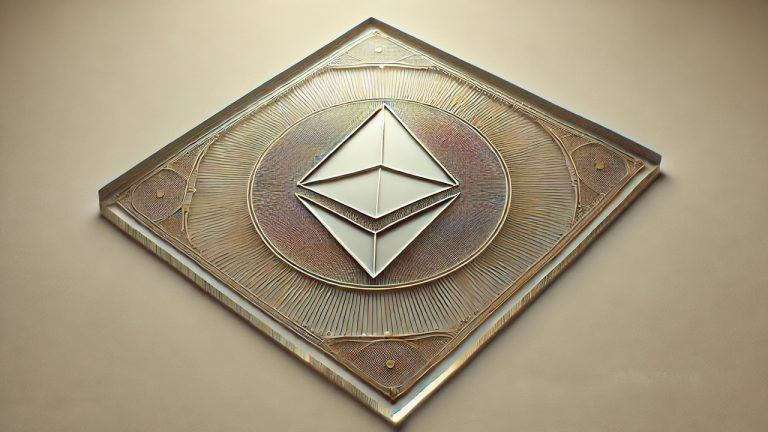

What Are the Advantages and Disadvantages of Using theblockchain Technology?
One of the fastest growing trends in the online investment world is the investment in the underlying asset (usually a digital currency) through a hosted protocol such as Blockstack or Abrex. If you’re unfamiliar with the concept of a cloud network or a distributed ledger, then the general description is simple: it’s a place where your assets are stored on a third-party server and accessed from any part of the network you need. The word “blockchain” has been derived from the technology used to “lock” the money in this kind of technology, i.e., it is secured by complex mathematics, without the owner having total control over his/her account. Blockstack and Abrex are two leading providers of these types of services and they’ve been quite successful in bringing new awareness to the industry. However, even with all these great tools, you still need to know the fundamentals to get started in the field.
There are many potential uses for the underlying infrastructure of Blockstack or Abrex, depending on your interests. The most commonly associated application is for the purpose of creating a fully-functional private marketplace for the trading and buying of currencies and other financial assets. Because the transaction process is fully automated, the costs associated with such a venture are much lower than traditional methods, making it appealing to a wide variety of individuals and institutions. Another use for Blockstack is its ability to create a Lightning Network, which is essentially a Distributed Ledger Technology (DLT) that expedites the execution of several different transactions at the same time.
The Lightning Network allows for off-blockchain transactions that occur instantaneously anywhere in the world and it eliminates the need for any central authority to take control of the ledger. This leads to an increase in efficiency and speed, along with a decrease in the risk associated with unsecured lending and other financial technologies. In addition, the Lightning Network also provides an economic incentive for participants, namely the full capacity of theblockchain network itself.
On the other hand, if you’re looking for a way to trade money using theblockchain, you’ll find that it’s not quite as simple as it might seem at first. One of the primary issues you will come across is scalability. As mentioned earlier, the Lightning Network solves the problem of high fees associated with unsecured loans, but it does not solve the problem of small, medium and large payments processing fees. While this problem is one of the advantages of using a distributed ledger technology like theblockchain, it is also one of the disadvantages. As a result, it is difficult to define exactly how long it will take for average users to get full access to this new peer-to-peer technology.
For instance, suppose you wanted to exchange funds between two different online marketplaces. You could use either the Blockstack network or another similar application. However, when both parties require a secure backend, it will be necessary to install smart contracts on each individual server. In other words, the transactions won’t be able to go through until both parties agree on a specific code that validates the other party’s private key. The result – you can’t conduct real-time commerce over theblockchain networks!
This is why the future of cryptography and theblockchain are so intertwined. One example of an altcoin is Namecoin. Namecoin is used as an alternative to the traditional currencies being used in theblockchain. A few other well known crytocurrency are Peercoin and Feathercash.










